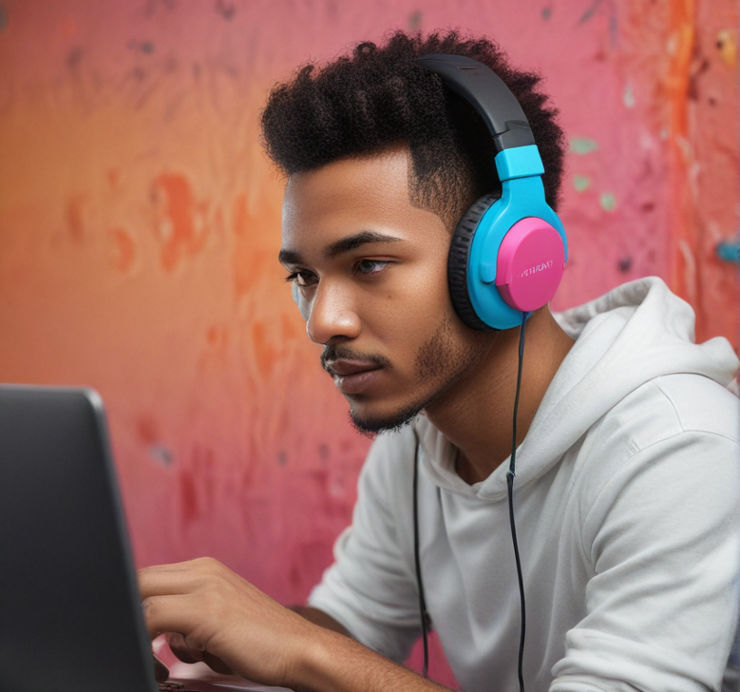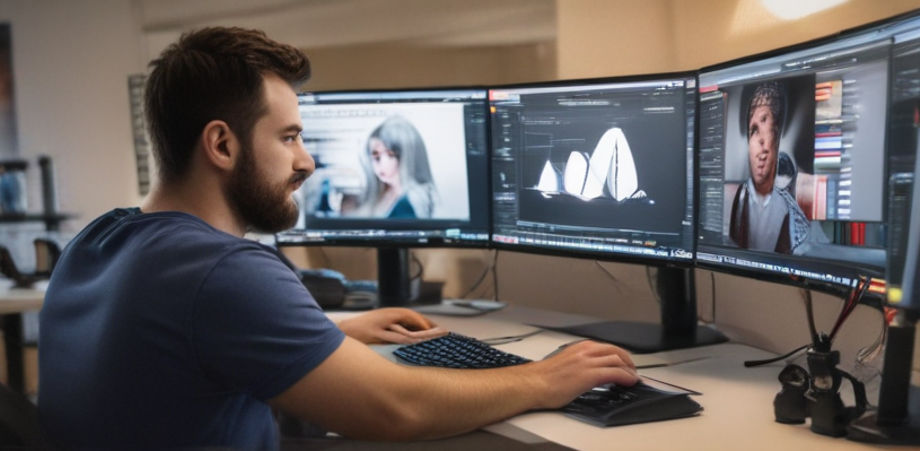5 Steps to Recreate AFK Journey Dream Realm Boss Hunts Design Using Photoshop

So you’re an AFK Journey buff who wants to bring the thrill of Dream Realm boss battles outside the game? Photoshop allows you to re-enact the immersive design of Dream Realm encounters and let your imagination run wild. With Photoshop, it is possible to recreate the design of AFK Journey Dream Realm Team boss hunts. How? Follow these five steps.
Collect Reference Materials
First, gather reference materials from AFK Journey including screenshots of Dream Realm boss battles, character portraits, and background images. Boss animations, hero abilities, and special effects were some of the details that should be looked at closely. These will serve as a basis for your Photoshop project.
Prepare Your Canvas
To start with create a new canvas in Photoshop whose dimensions are appropriate for your project; consider aspect ratio and resolution for you to get that optimal quality hence worth. Use these reference materials to guide where your boss, heroes, and background would go respectively. Arrange layers accordingly so as not to lose organization throughout the designing process.
Redo Boss And Hero Characters
Using drawing and editing tools on Photoshop redo boss and hero characters on AFK Journey game. To begin with, trace their outlines then define using those references so you can have something like them or near them.
The proportionality correctness in terms of colors and details must be observed while capturing each character’s true nature accurately. Experiment with layer styles, blending modes, and brushes this way you can come up with deep 3D creatures.
ALSO READ: Enhancing Your E-commerce Site: Photoshop Tips for Magento Developers
Add Bombastic Aspects
By adding remarkable aspects such as action-packed animations, spell effects or combat visuals may intensify fun predefined by your artwork. Apply animation built-in features within the Photoshop toolset to make movements more dynamic on every frame transition time between them.
Transition time could be pointed out using motion blur; the particle effect along with the lightening effect can help imitate Dream Realm battle intensity. Talk about important gameplay events alongside each character’s ability using text overlays.
Refine And Complete
Once the overall composition satisfies you, take some time to polish and finalize your design. Fine-tune color, contrast, and light for a more consistent and immersive atmosphere. Shadows, reflections, and highlights are small details that shouldn’t be overlooked as they add realism to your work.
Use adjustment layers and filters to sharpen the visual impact and achieve a more professional look.
Conclusion
By following these five steps, you can recreate the design of AFK Journey Dream Realm boss battles using Photoshop and unleash your creativity in exciting new ways. With limitless possibilities provided by Photoshop for creating fan art or even personal projects such as promotional items; there is an endless array of options one can use to bring most loved gaming experiences alive.
Therefore get on with Photoshop now and start reliving the excitement that comes with creating your Dream Realm Team designs!


